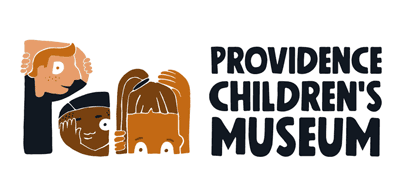The Human Body
(FOCUS: Grade 3 Special Education, Life Science, Social/Emotional Development)
This unit introduces the concept of what our bodies need to survive. Students learn about the functions of various body parts. Students are encouraged to recognize and point to their own body parts as they relate to functions needed to survive. Throughout the unit, make connections to show students how the choices we make about what we eat and how we move can affect our body parts and functions.
Students will be able to identify functions of the human body parts mentioned in the book “Finding the Parts”. (heart, lungs, muscles, and brain)
Materials to gather
- Human Anatomy 3D on iPad, iPhone, Android phone, etc. (the more iPads the better) **Must purchase full version for entire 3D body AR {$9.99}.
- ULS Book “Finding the Parts” of book that introduces parts of the humans body.
Set Up
Tablets will need to have the app downloaded in advance with the full version of the Human Anatomy 3D application.
5 tablets set up in stations around the room. Each will be open to Human Anatomy 3D. The stations should be the following:
- The Skeletal System.
- The Circulatory System.
- The Nervous System.
- The Muscular System.
- The Respiratory System.
Divided into groups, the students will rotate through the stations.
Student’s Job
- Students can identify the parts of the body that were introduced in the book.
- Students can describe the function or “job” of the body parts introduced in the book.
Further Challenges:
Can you identify a body part that you have not learned about before? What is its function or “job”?
Teacher’s Job
Standards Alignment
RICCSS – Rhode Island Common Core State Standards
Reading
Standard or Component 1: Key Ideas and Details. Describe characters (traits, motivations, feelings, etc.), settings and events in a story.
Standard or Component 2: Integration of Knowledge and Ideas. Use illustrations and multimedia to describe the meaning of a literary text.
Standard or Component 3: Range and Level of Text Complexity. Experience grade level and age-appropriate literature materials, including stories, poems, plays and fiction works that are adapted to student reading level.
Science
Standard or Component: Life Science-From Molecules to Organisms: Structures and Processes. Construct an argument that plants and animals have internal and external structures that function to support survival, growth, behavior, and reproduction.
Social/Emotional
Standard or Component: Self-Awareness
1C: Individual demonstrates awareness of their own personal rights and responsibilities.
1D: Individual demonstrates knowledge of their own personal strengths, cultural and linguistic assets, and aspirations.
Prepare/ Background Info
This is the introductory lesson to the body parts section of the unit. This lesson comes after the “5 Senses.”
Effective Facilitation Strategies
After doing a read aloud of the book “Finding the Parts”. Students will be given a chance to explore the Human body through AR on the ipads using the app Human Anatomy 3D. Each student will have about 5 minutes to go through each station and explore one of the body’s main “systems”. After 25 minutes of exploration, we will return to the smartboard and discuss what they found. We will be looking for the 5 parts of the body introduced in the book and also additional body parts that the students “discovered.”
Play to Notice (Learning Framework)
- Experiential: Children will learn and explore with a hands-on approach. They will have the opportunity to freely explore the systems of the human body to identify names of body parts as well as their functions.
- Social: Students will be able to share with each other parts of the human body they found in their exploration.
- Dynamic: This is a new skill for them to learn, some may find it difficult or challenging.
Content Matter to Notice
- Science – Human Body: organs and their functions.
- Reading – Fluency and Accuracy of a text.
SEL to Notice
- Self-Awareness – understanding how their body works and what keeps us alive.

